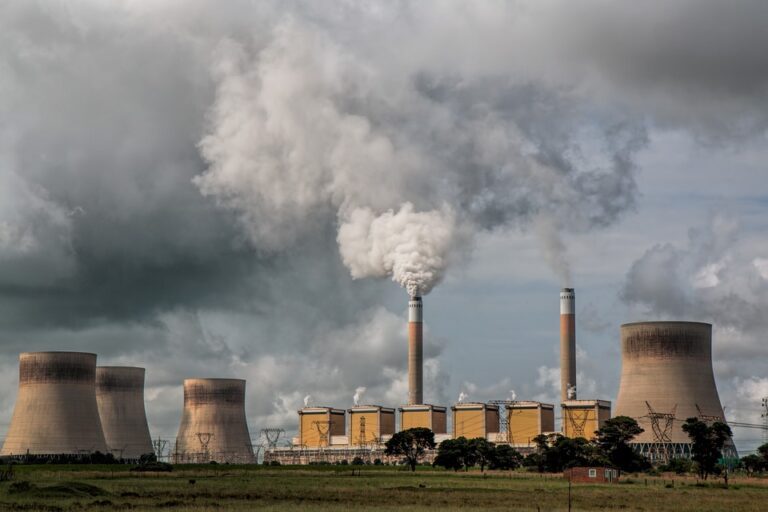From Rivers to Faucets: Understanding the Journey of Our Water Supply
Water is an essential resource that supports all aspects of life, from sustaining ecosystems to enabling human societies to thrive. While it might seem like a simple process to get water from rivers or reservoirs to our faucets, the journey it undertakes is complex and involves multiple stages of collection, treatment, and distribution. Understanding this journey not only highlights the intricacies involved but also emphasizes the importance of conserving and protecting our water resources.
The Source: Origins of Our Water Supply
Water that eventually reaches our faucets typically originates from surface water sources such as rivers, lakes, and reservoirs, or from underground sources known as aquifers. Surface water is subject to seasonal variations and pollution, requiring constant monitoring and management. Groundwater, extracted via wells, often provides a more consistent supply but faces challenges like depletion and contamination.
Collection: Harnessing Water Safely
Once a source is identified, the process of transporting this water to treatment facilities begins. In surface water systems, this usually involves dams, intake structures, and pumps that direct water into reservoirs or directly into treatment plants. For groundwater systems, wells with pumps draw water up from aquifers. Ensuring the infrastructure is sound and efficient is crucial, as any contamination or leakage at this stage could compromise the entire supply.
Treatment: Ensuring Potable Water
Water treatment is perhaps the most critical stage in the journey from rivers to faucets. The complexity and extent of treatment processes depend largely on the quality of the source water. Generally, the treatment process includes several key steps:
-
Coagulation and Flocculation: Chemicals are added to the water to bind with particles, forming larger clumps known as flocs.
-
Sedimentation: The flocs settle at the bottom of the treatment tank, allowing clear water to be separated.
-
Filtration: The water then passes through filters, typically made of sand, gravel, and charcoal, which remove smaller particles and impurities.
- Disinfection: Finally, disinfectants such as chlorine, chloramine, or ultraviolet light are applied to kill any remaining bacteria, viruses, and other pathogens. Sometimes, additional steps like fluoridation are included to enhance water quality and public health benefits.
Advanced treatment methods, including reverse osmosis and advanced oxidation processes, might be used for specific contaminants or in areas with stringent regulatory requirements.
Storage: Preparing for Distribution
After treatment, the water is stored in tanks or reservoirs to ensure a steady supply and to maintain pressure throughout the distribution system. These storage facilities act as buffers, addressing peak demand times and ensuring that there’s always a reserve available for emergencies or during maintenance works.
Distribution: Reaching the Consumer
The final leg of the water’s journey involves a vast network of pipes, pumps, and valves that carry water from storage facilities to homes, businesses, and other end-users. Maintaining this distribution network is a significant challenge due to age, corrosion, and the sheer complexity of the system spanning thousands of miles. Utilities must continually monitor for leaks, breaks, and inefficiencies to ensure that clean, safe water reaches taps efficiently.
The Role of Technology
Advancements in technology have significantly improved all stages of water supply management. Real-time monitoring systems, automated control systems, and predictive analytics allow for more accurate and efficient management of water resources. Smart meters and customer-facing apps help individuals monitor their water usage, promoting conservation and early detection of potential issues.
The Importance of Conservation and Sustainable Management
Understanding the journey from rivers to faucets underscores the vital need to conserve and protect water resources. Efficient water use, pollution prevention, and investment in modern infrastructure are essential to ensuring that this precious resource remains available for future generations. Public education campaigns and stringent regulatory frameworks also play crucial roles in promoting sustainable water management practices.
Conclusion
The journey of water from its natural source to our kitchen sinks is a testament to human ingenuity and the intricate systems we have developed to sustain life. As we deepen our understanding of this journey, it becomes clear that every drop of water that flows from our faucets is the result of extensive efforts and sophisticated processes. By valuing and preserving our water resources, we not only support our own needs but also ensure the health and vitality of the ecosystems and communities that rely on this essential resource.
For further reading and to support water conservation efforts, visit the Environmental Protection Agency’s Water Resources page and the World Health Organization’s Guidelines for Drinking-water Quality.
